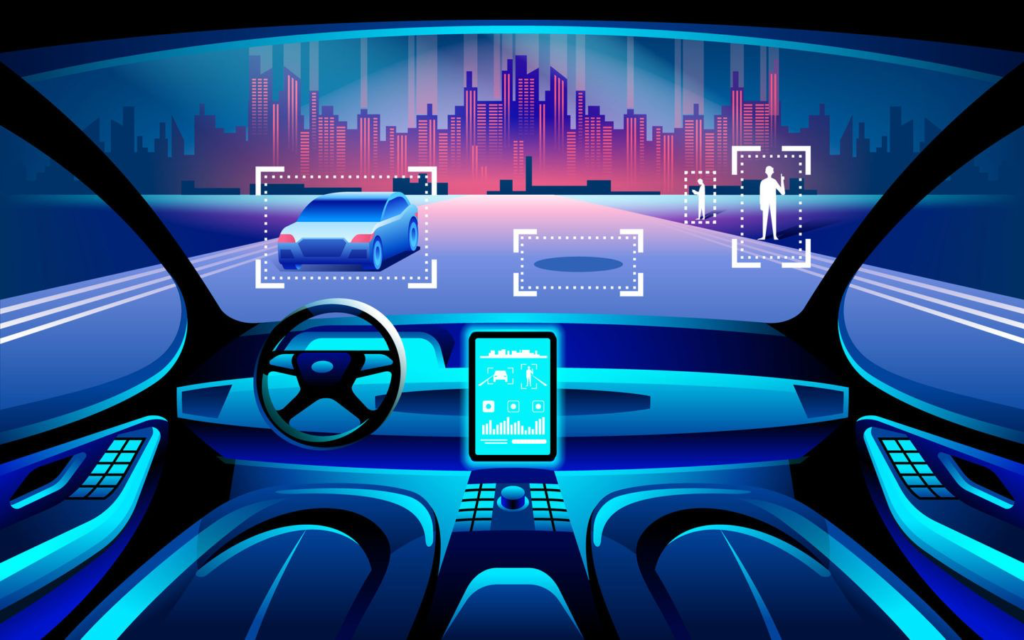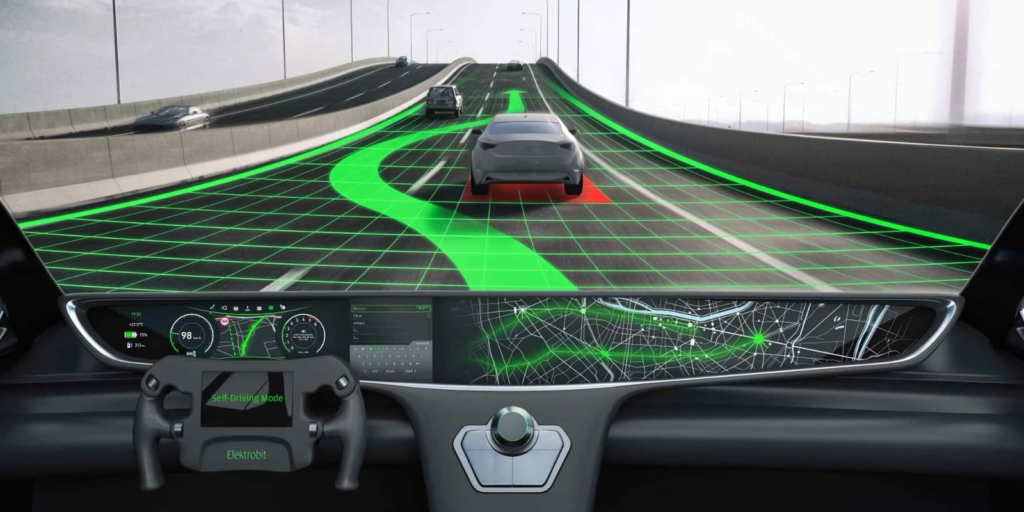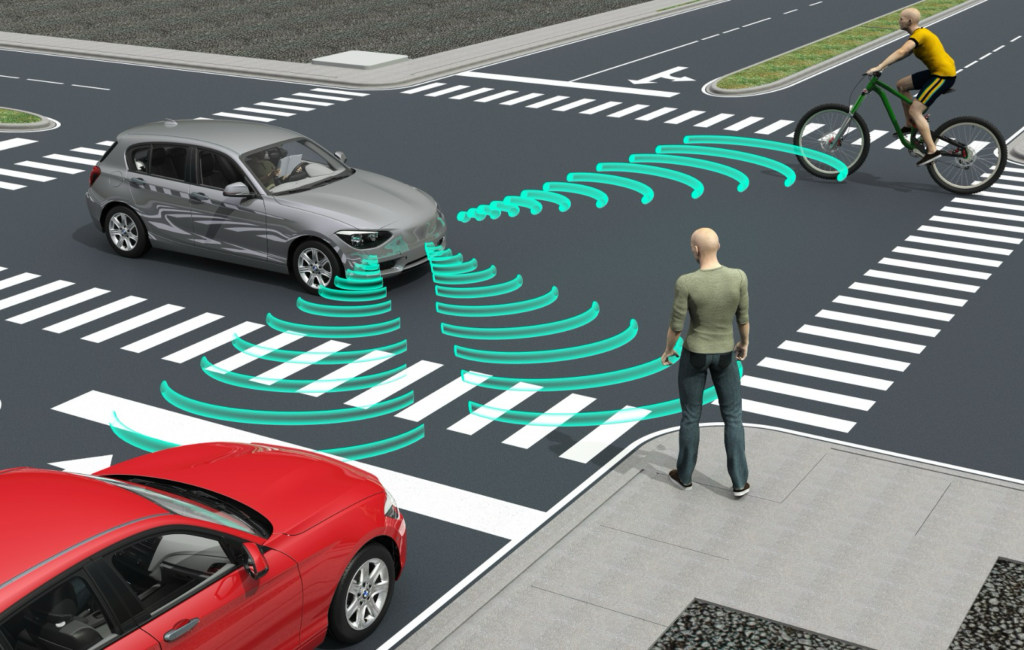How Electric Cars and Self-Driving Tech Will Transform City Travel
Introduction: As urban areas continue to grow, the demand for efficient and eco-friendly transportation solutions is at an all-time high. The introduction of electric cars and self-driving technology is revolutionizing how we move within cities. These innovations are set to not only change the landscape of city travel but also offer significant benefits in terms of sustainability, safety, and convenience. Let’s explore how these technologies will shape the future of urban mobility.

Electric Cars: The Future of Clean Urban Travel
Electric vehicles (EVs) are leading the charge in reducing urban pollution. Traditional vehicles with internal combustion engines are one of the largest contributors to air pollution, especially in densely populated cities. EVs, powered by clean energy sources, emit zero tailpipe pollutants, significantly improving air quality. As cities worldwide work to meet stringent environmental goals, the widespread adoption of electric cars is a crucial step in creating cleaner, healthier urban environments.
In addition to environmental benefits, electric cars offer lower operational costs. Charging an EV is generally cheaper than refueling a gasoline car, and EVs have fewer moving parts, leading to reduced maintenance expenses. As battery technology improves and charging infrastructure becomes more widespread, electric cars are becoming increasingly practical for city dwellers. Governments and city planners are supporting this shift by investing in public charging stations and offering incentives for EV ownership.
Self-Driving Technology: Redefining Urban Mobility
Self-driving technology, also known as autonomous driving, is another game-changer for urban transportation. Autonomous vehicles (AVs) use sensors, cameras, and AI to navigate streets with minimal human intervention. As this technology advances, it promises to transform city travel by offering safer, more efficient, and convenient transportation options.
One of the most significant advantages of self-driving cars is enhanced safety. Human error is responsible for nearly 90% of traffic accidents. AVs are designed to follow traffic rules, maintain safe distances, and make split-second decisions to avoid collisions. As more self-driving vehicles hit the roads, we can expect a significant reduction in accidents, leading to safer streets and lower healthcare costs associated with road injuries.
Moreover, AVs can help optimize traffic flow, reducing congestion in busy urban areas. These vehicles can communicate with each other and with city infrastructure, enabling smoother traffic management and minimizing bottlenecks. This intelligent traffic coordination could drastically cut down travel times, making city commuting more efficient.

The Intersection of Electric Cars and Autonomous Driving
The combination of electric vehicles and self-driving technology offers a powerful solution for future city travel. Autonomous electric vehicles (AEVs) could become the cornerstone of urban mobility, particularly in the form of shared transportation. Imagine a fleet of self-driving electric cars operating as on-demand shuttles, reducing the need for personal vehicle ownership and minimizing traffic congestion.
Shared AEVs could be deployed strategically during peak hours, reducing the strain on public transit systems. This would be particularly beneficial in cities with dense populations and limited space. Furthermore, with the integration of AI and big data analytics, these vehicles could dynamically adjust their routes to accommodate real-time traffic conditions, making urban transport more adaptive and efficient.
Challenges and Considerations
While the future of electric and autonomous vehicles is promising, there are challenges to overcome. The initial cost of electric cars and the infrastructure required for self-driving technology remain significant barriers. Additionally, public acceptance and regulatory approval are crucial factors in the widespread adoption of these technologies.
Cities will need to update their infrastructure to support autonomous vehicles, from dedicated lanes to smart traffic lights that can communicate with AVs. Addressing cybersecurityconcerns will also be vital, ensuring that autonomous driving systems are protected against potential threats.

Conclusion
Electric cars and self-driving technology are set to transform city travel, making it cleaner, safer, and more efficient. As these technologies continue to evolve and gain traction, we can expect cities to become smarter and more sustainable. The shift towards electric and autonomous vehicles marks a new era in urban mobility, one that promises a better quality of life for city residents while addressing critical environmental and safety challenges.
FAQ’s
1. How do electric cars work? Electric cars are powered by electricity stored in batteries. Unlike traditional gasoline vehicles, they use electric motors for propulsion. They need to be plugged into an electric power source to recharge their batteries.
2. What are the main benefits of electric cars?
- Environmental Impact: They produce zero tailpipe emissions, reducing air pollution and greenhouse gases.
- Cost Savings: Lower operating costs due to reduced fuel and maintenance expenses.
- Noise Reduction: They operate more quietly than gasoline-powered vehicles, contributing to less noise pollution.
3. What are the limitations of electric cars?
- Range Anxiety: Some people worry about the driving range between charges.
- Charging Infrastructure: Availability of charging stations can be limited in some areas.
- Initial Cost: Higher upfront costs, though this is decreasing over time.
4. How long does it take to charge an electric car? Charging times vary based on the charger type:
- Standard Home Charger: 8-12 hours for a full charge.
- Fast Charger: 30 minutes to 1 hour for a significant charge.
- Supercharger (Tesla-specific): 15-30 minutes for an 80% charge.
5. Are electric cars more expensive than traditional cars? The initial purchase price of electric cars can be higher, but they often have lower operating costs, which can offset the higher purchase price over time.
Share This Article







